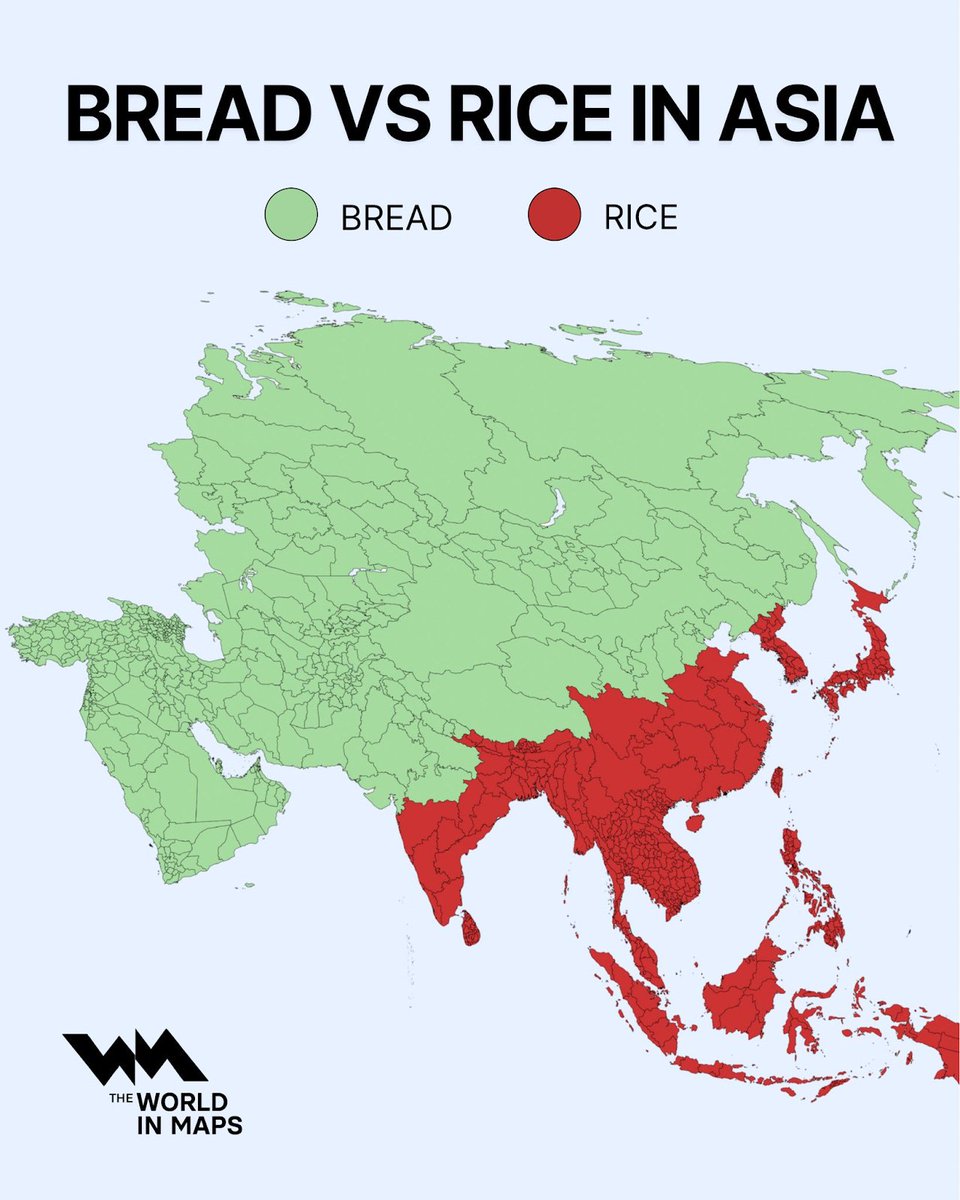The new strain of #COVID is more transmissible. Will it be deadlier?
Many ppl think not: "If a virus kills more quickly, it has fewer opportunities to spread. It's the transmission-virulence tradeoff."
Unfortunately, that's too simplistic. 🧵
Many ppl think not: "If a virus kills more quickly, it has fewer opportunities to spread. It's the transmission-virulence tradeoff."
Unfortunately, that's too simplistic. 🧵
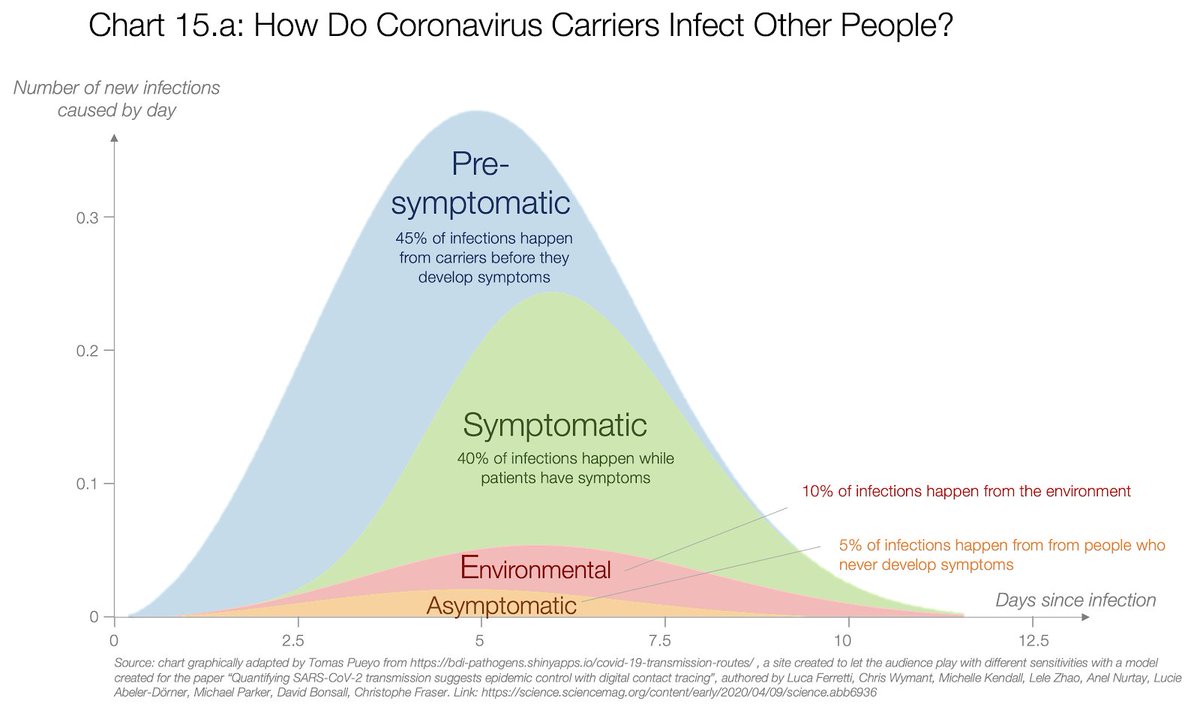
1. When a virus is more efficient, it reproduces faster, and that increases both transmissibility and virulence
https://twitter.com/tomaspueyo/status/1342987057338187779?s=20
2. The evidence of the transmission-virulence tradeoff theory is not that clear. This fantastic paper explains it well.
ncbi.nlm.nih.gov/pmc/articles/P…
ncbi.nlm.nih.gov/pmc/articles/P…

The devil is in the details. For example, in the early stages of a pandemic, when most ppl aren't infected (the case now with COVID), virulence tends to increase. 
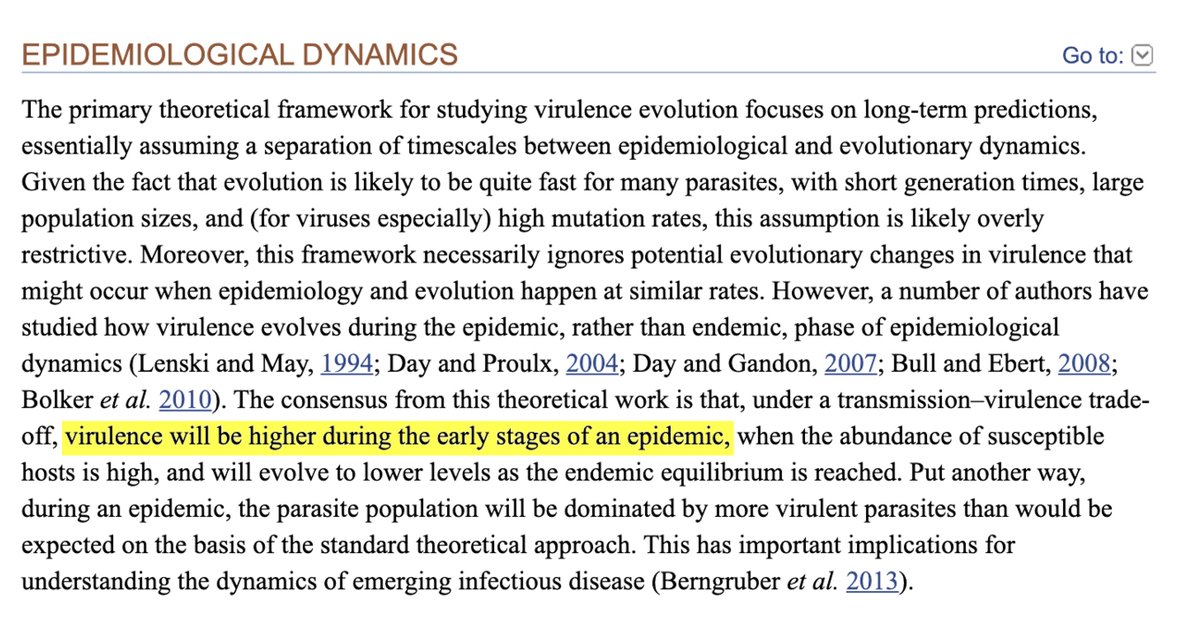
Virulence also tends to increase when the population is highly connected, as we are with COVID, which travels worldwide. 

That means we need to turn to specifics.
3. The specifics of COVID make it an unfortunate candidate to increase virulence. Look at this graph of contagions per day after initial infection. Most infections happen before getting symptoms or early thereafter.
3. The specifics of COVID make it an unfortunate candidate to increase virulence. Look at this graph of contagions per day after initial infection. Most infections happen before getting symptoms or early thereafter.

If the virus reproduced more quickly, the peak of the curve would be higher, but the right leg would be cut. On balance, would the curve be bigger or smaller? Potentially bigger, which means infectiousness could easily increase. 
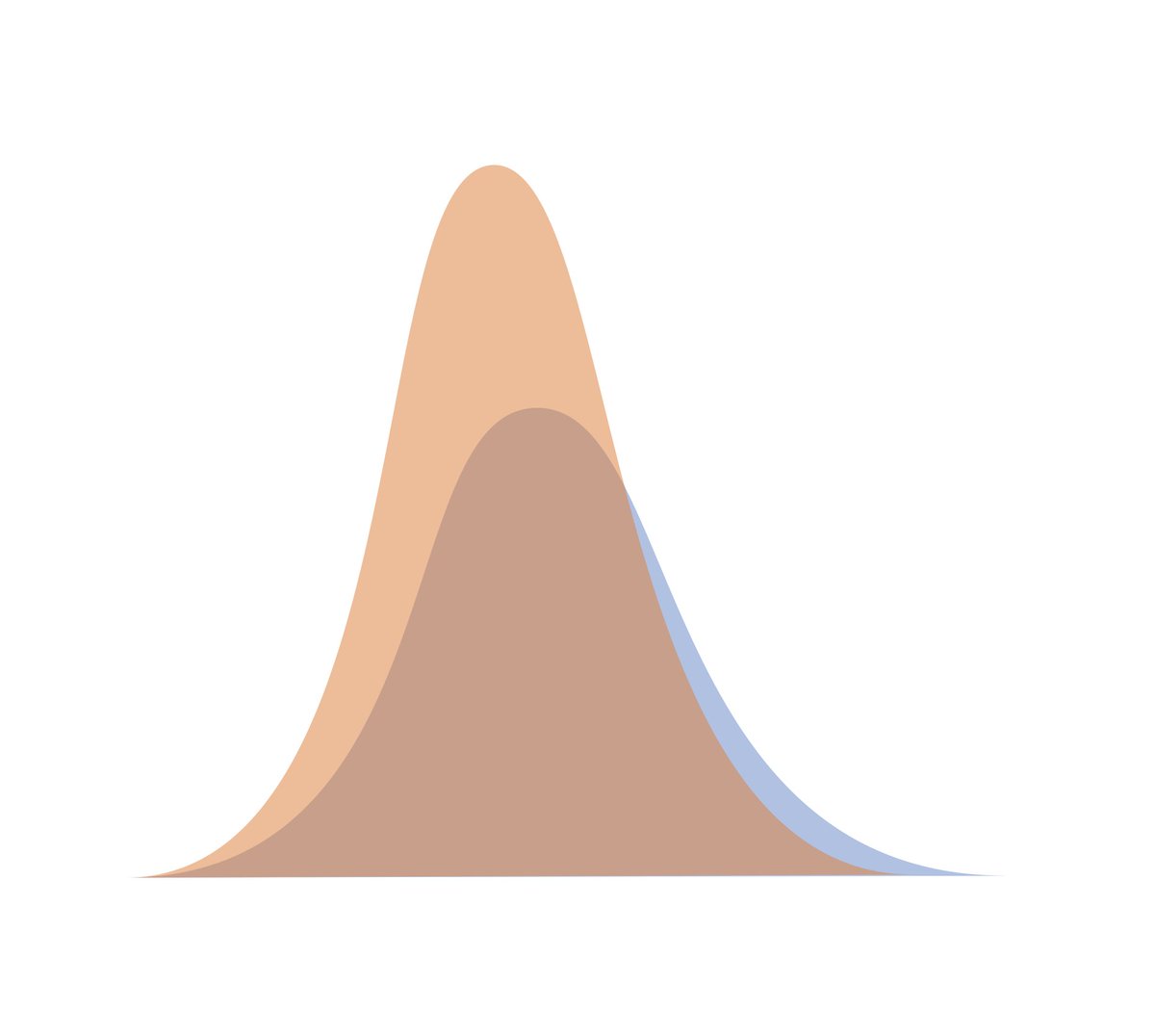
You could get more virus more quickly, thus infecting other people more and more quickly. Sure, you'd fall sick more quickly, but by that time you're not infecting as many people.
Another factor is asymptomatics. They're probably ~50% of infections but don't cause more than 5% of them. A virus that reproduces faster would make many more of them infectious, potentially exploding the number of cases. 
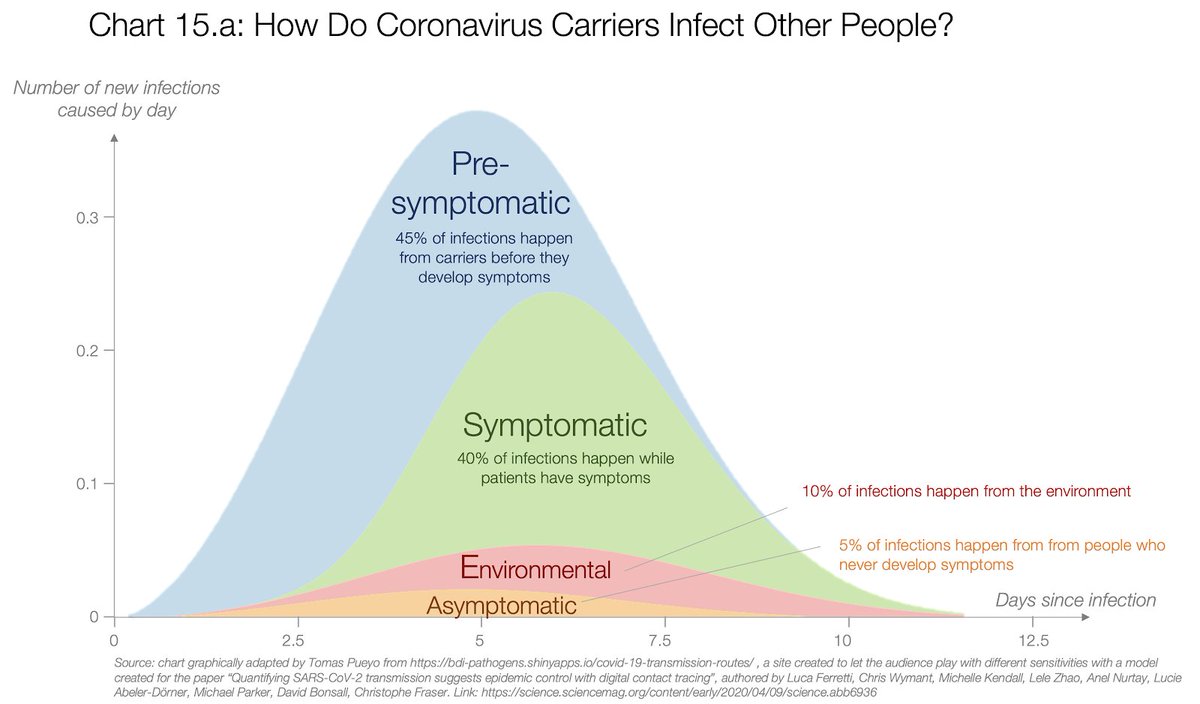
And more people sicker would also mean more deaths. But these happens weeks after infection.
Death and contagiousness are so disconnected with COVID that there's no pressure for the virus to become less deadly.
Death and contagiousness are so disconnected with COVID that there's no pressure for the virus to become less deadly.
4. Changes in the spike protein (what the virus uses to hack into cells) have already shown to increase contagiousness. This happened early during the pandemic. 


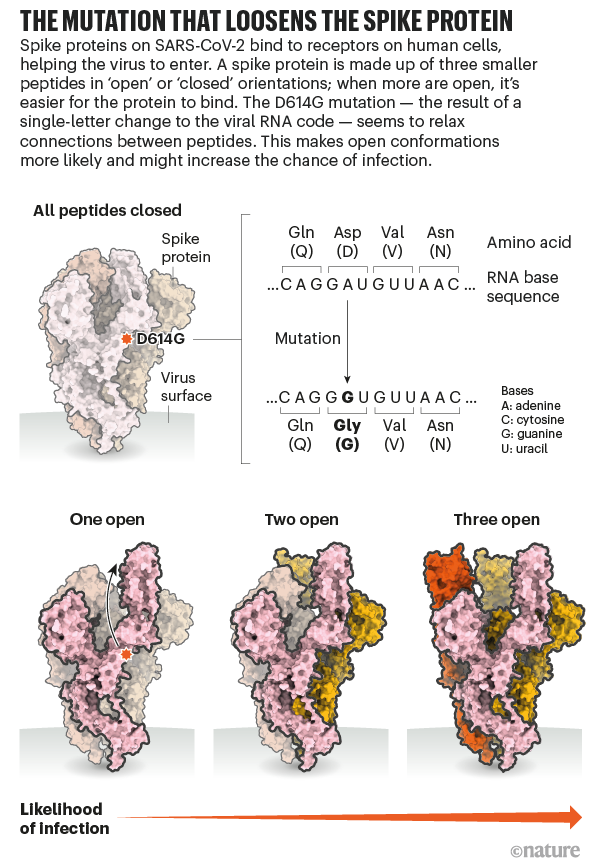

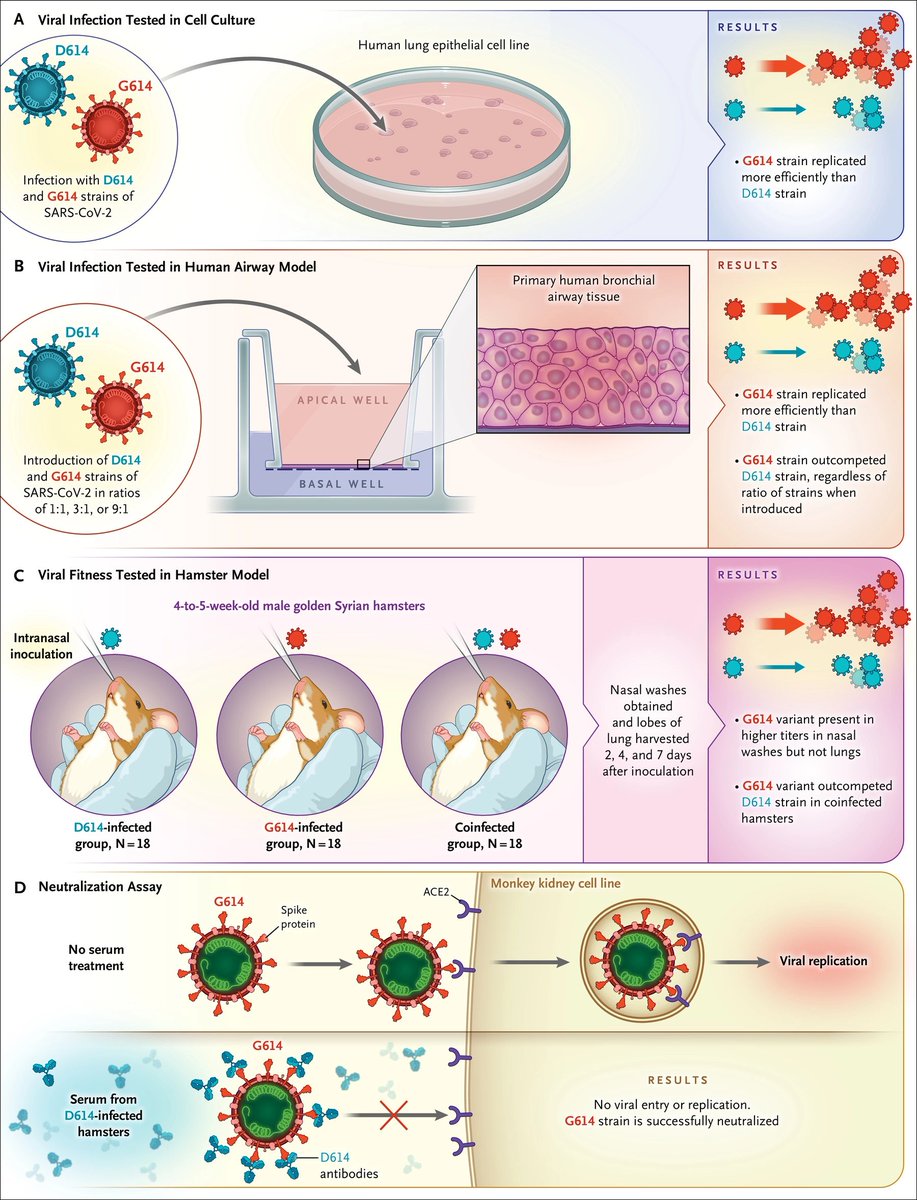
For the new strain, we know it has 3 mutations in the spike protein, we know the strain is winning, and we know those with it have more virus than others.
jagranjosh.com/general-knowle…
jagranjosh.com/general-knowle…

So we have a virus that is reproducing faster, is spreading faster, and has very little pressure to get less deadly.
All of this evidence would suggest that the fatality rate might be higher. Maybe not, but that's where evidence is currently pointing at.
All of this evidence would suggest that the fatality rate might be higher. Maybe not, but that's where evidence is currently pointing at.
And that just considers virulence. The number of deaths depends much more on the transmissibility than the fatality rate.
If you increase transmission by 60%, after 10 generations you get 1.6^10~100x more infections.
Decrease the fatality by 60%, you still get 40x deaths.
If you increase transmission by 60%, after 10 generations you get 1.6^10~100x more infections.
Decrease the fatality by 60%, you still get 40x deaths.
• • •
Missing some Tweet in this thread? You can try to
force a refresh







